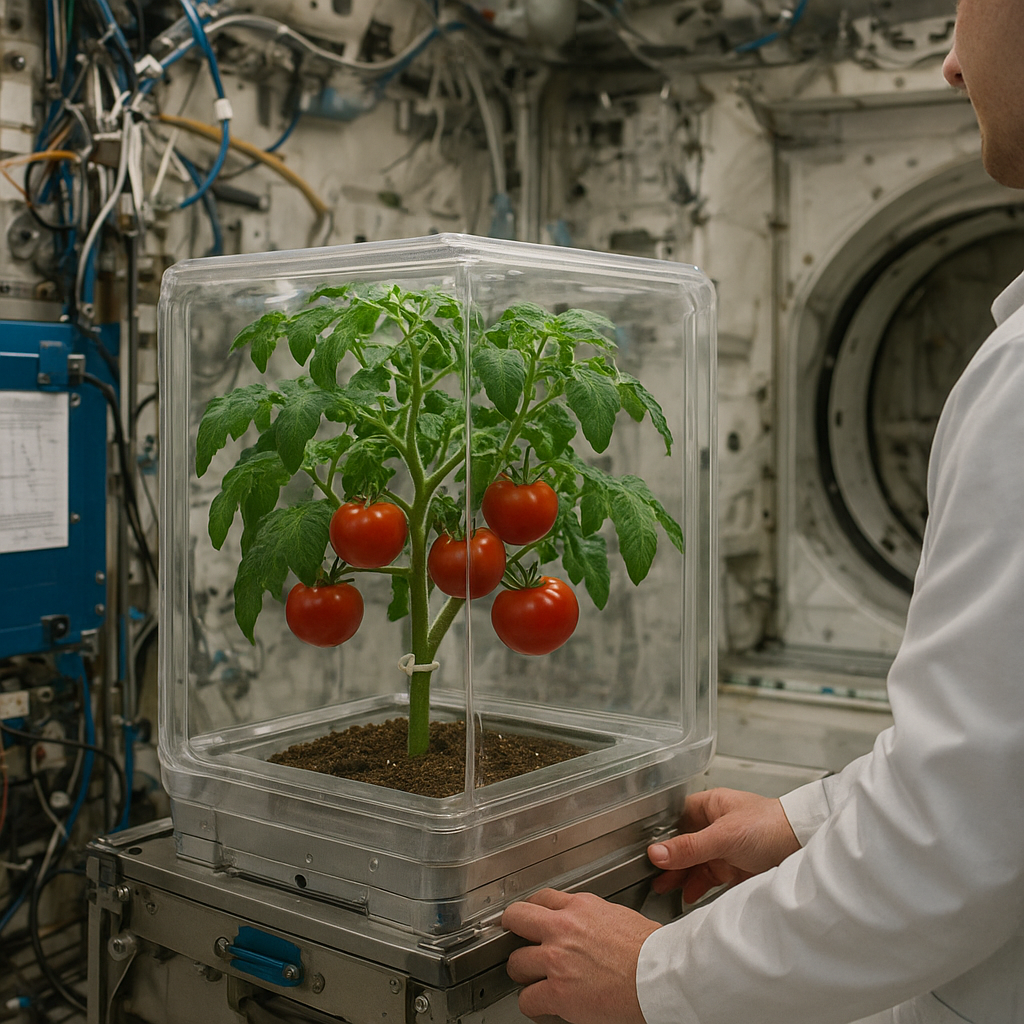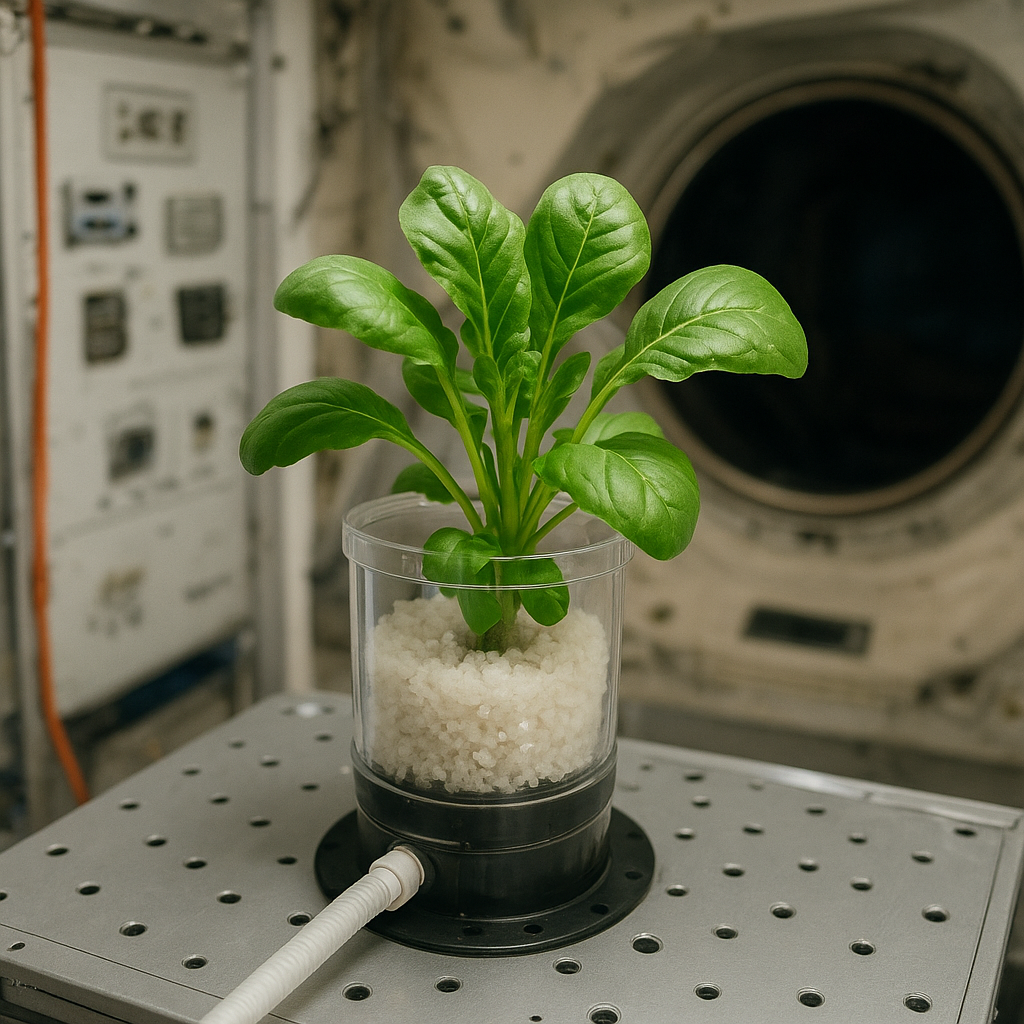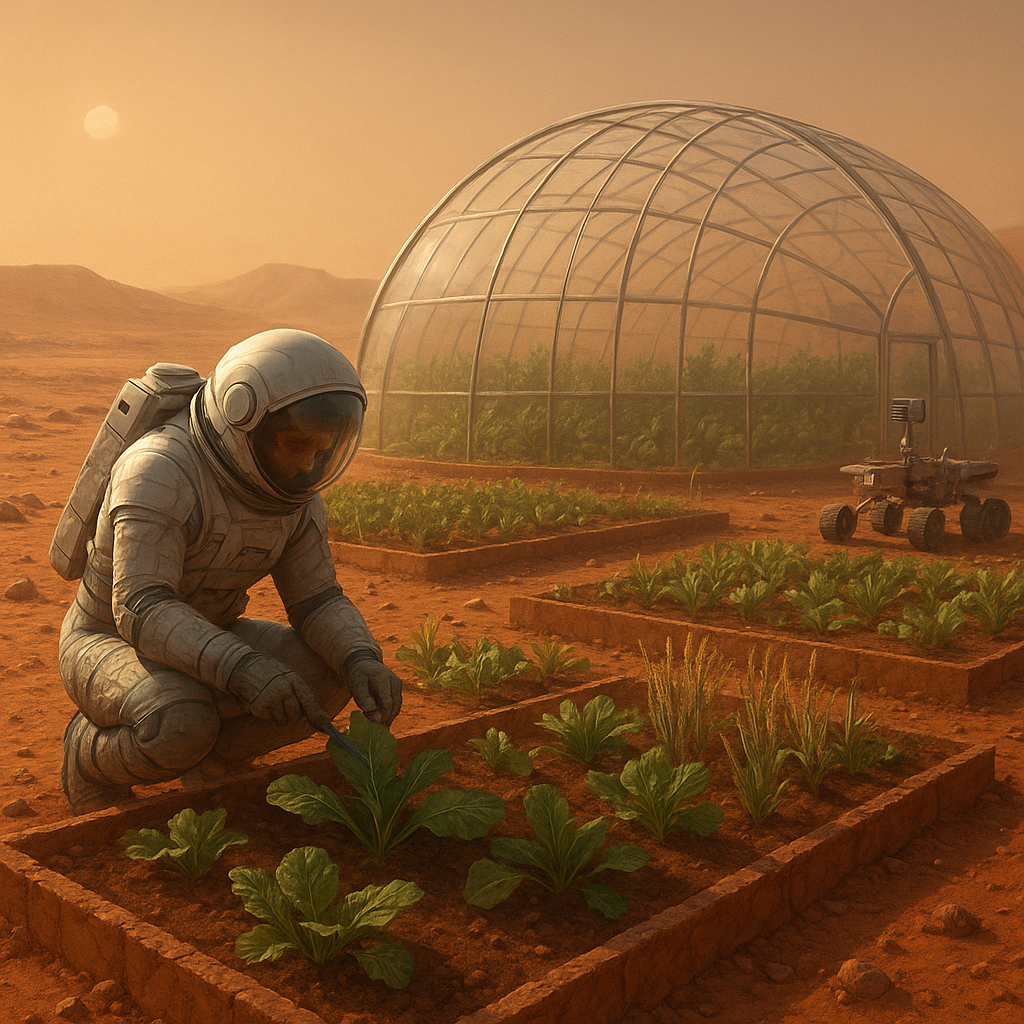The future of space farming education and training is a critical area of exploration as humanity prepares for long-term habitation beyond Earth. As we venture into the cosmos, the need for sustainable agricultural practices in space becomes increasingly apparent. This article delves into the significance of space farming, the educational frameworks being developed to support it, and the training programs that will equip future generations with the skills necessary to cultivate food in extraterrestrial environments.
The Importance of Space Farming
Space farming is not merely a futuristic concept; it is an essential component of humanity’s plans for colonization and exploration of other planets, particularly Mars and the Moon. The challenges of growing food in space are numerous, including limited resources, microgravity conditions, and the need for efficient use of space. However, the potential benefits of successful space agriculture are immense, including the ability to sustain human life during long missions and the possibility of establishing permanent settlements on other celestial bodies.
Challenges of Space Agriculture
Growing food in space presents unique challenges that differ significantly from traditional farming on Earth. Some of the primary challenges include:
- Microgravity: The absence of gravity affects plant growth, nutrient uptake, and water distribution. Understanding how plants respond to microgravity is crucial for developing effective farming techniques.
- Resource Limitations: Space missions are constrained by the amount of supplies that can be transported. Efficient use of water, nutrients, and energy is essential for successful crop production.
- Environmental Control: Maintaining optimal conditions for plant growth, such as temperature, humidity, and light, is challenging in the harsh environments of space.
- Psychological Factors: The psychological well-being of astronauts is vital for mission success. Engaging in farming activities can provide a sense of purpose and improve mental health during long-duration missions.
Current Research and Developments
Numerous space agencies and research institutions are actively exploring the possibilities of space farming. NASA, for instance, has conducted experiments aboard the International Space Station (ISS) to study plant growth in microgravity. The Veggie experiment has successfully grown various crops, including lettuce and radishes, providing valuable data on how plants adapt to space conditions.
Similarly, the European Space Agency (ESA) has initiated projects like the „Lunar Greenhouse,” which aims to develop sustainable agricultural systems for lunar missions. These initiatives highlight the growing recognition of the importance of food production in space exploration.
Education and Training for Space Farming
As the field of space farming evolves, so too must the educational and training programs designed to prepare individuals for careers in this exciting area. The integration of space agriculture into academic curricula is essential for fostering a new generation of scientists, engineers, and agricultural experts who can tackle the challenges of farming in space.
Curriculum Development
Educational institutions are beginning to recognize the need for specialized programs that focus on space agriculture. These programs often combine elements of traditional agricultural science with aerospace engineering, environmental science, and biology. Key components of a space farming curriculum may include:
- Plant Biology: Understanding plant physiology, genetics, and growth requirements is fundamental for developing effective space farming techniques.
- Aerospace Engineering: Knowledge of spacecraft design and environmental control systems is crucial for creating sustainable agricultural systems in space.
- Hydroponics and Aeroponics: These soil-less farming techniques are particularly suited for space environments, where traditional farming methods may not be feasible.
- Environmental Science: Understanding the impact of various environmental factors on plant growth is essential for optimizing conditions in space.
Hands-On Training Programs
In addition to academic coursework, hands-on training programs are vital for equipping students with practical skills in space farming. These programs may include:
- Internships: Collaborations with space agencies and research institutions can provide students with valuable experience in real-world space farming projects.
- Simulated Environments: Creating controlled environments that mimic space conditions allows students to experiment with different farming techniques and learn how to adapt to challenges.
- Workshops and Seminars: Engaging with experts in the field through workshops and seminars can provide insights into the latest research and developments in space agriculture.
The Role of Technology in Space Farming Education
Technology plays a pivotal role in both space farming and the education surrounding it. Advances in robotics, artificial intelligence, and data analytics are transforming the way we approach agriculture in space. Educational programs must incorporate these technologies to prepare students for the future of space farming.
Robotics and Automation
Robotic systems are increasingly being used in agricultural practices, and their application in space farming is no exception. Automated systems can help manage crops, monitor growth conditions, and optimize resource use. Educational programs should include training on robotics and automation to ensure that future space farmers are equipped to work with these technologies.
Data Analytics and AI
The use of data analytics and artificial intelligence can enhance decision-making in space farming. By analyzing data on plant growth, environmental conditions, and resource usage, students can learn how to make informed choices that improve crop yields and sustainability. Incorporating these technologies into educational curricula will be essential for developing a skilled workforce capable of addressing the complexities of space agriculture.
Global Collaboration and Research Initiatives
The future of space farming education and training will also depend on global collaboration among countries, research institutions, and private companies. As space exploration becomes more international, sharing knowledge and resources will be crucial for advancing the field of space agriculture.
International Partnerships
Collaborative efforts between countries can lead to the development of comprehensive training programs and research initiatives. For example, partnerships between NASA, ESA, and other space agencies can facilitate the exchange of knowledge and best practices in space farming. These collaborations can also provide students with opportunities to participate in joint research projects and internships.
Private Sector Involvement
The private sector is increasingly recognizing the potential of space agriculture, leading to the emergence of startups focused on developing innovative farming technologies for space. Educational programs should seek to engage with these companies, providing students with exposure to cutting-edge research and potential career opportunities in the growing field of space farming.
Conclusion
The future of space farming education and training is a vital aspect of humanity’s journey into the cosmos. As we prepare for long-term habitation on other planets, the need for sustainable agricultural practices becomes paramount. By developing specialized educational programs, incorporating technology, and fostering global collaboration, we can equip future generations with the skills and knowledge necessary to cultivate food in space. The successful implementation of space farming will not only support human life beyond Earth but also pave the way for a new era of exploration and discovery.




